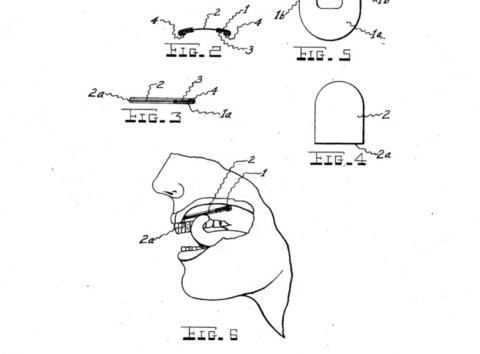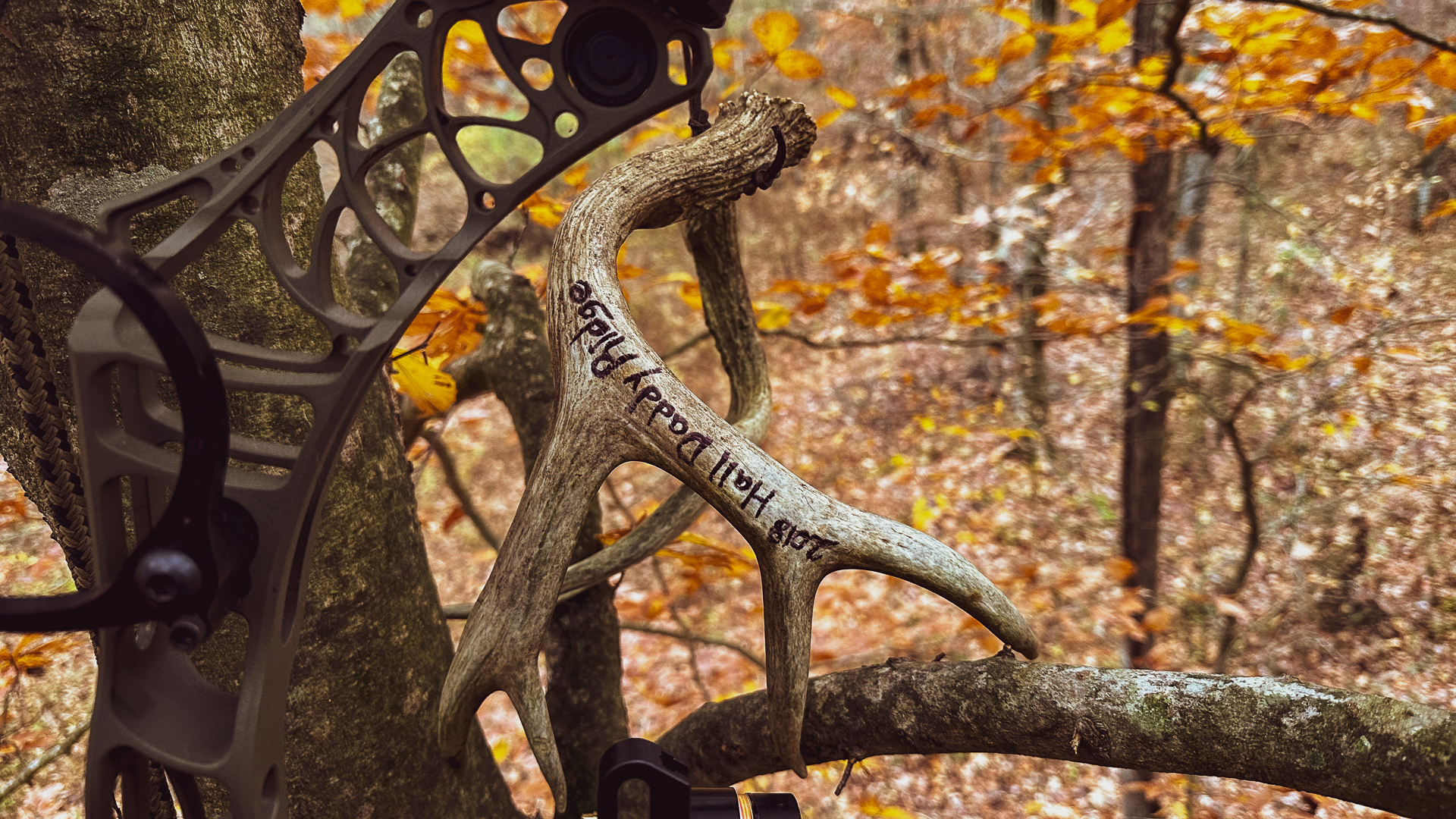Pictured: Native grass plug for sale from Mossy Oak's own Nativ Nurseries.
Written by Chris Bridges
Managing Native Grassland Plantings
As spring progresses and soil temperatures increase, many of the native grassland plantings that we have been working on over the past several years are starting to show signs of life. This distinction between typical introduced pasture grasses and our native switchgrass, indiangrass and bluestems helps to remind me of the important structural contributions that these grasses make to wildlife habitat, as well as the susceptibility of these grasses to late frosts. Keeping track of frost damage, woody species encroachment and weed competition in native grass stands can help to manage these important sites for a wide variety of wildlife species.
One of the things that I have noticed is how responsive my plantings are to brief periods of warm weather. It seems like if we get several days of unseasonably high temperatures in March, my long-established switchgrass stands are eager to start Spring growth. Given the genetic and geographic variation in the seed sources that I have used in my own plantings, there is a large difference in time of year that my grasses start growing. Obviously switchgrass seed that is sourced from Oklahoma will behave much differently in Southeastern climates and soils than newer varieties developed from eastern stands. Monitoring these stands as they exit dormancy will provide insight as to their behavior and adaptation to the climate at your location. This information can help land managers become better informed on the climatological adaptation of grass varieties to plan for future renovation or planting projects. The disappointing feeling of seeing frost damage on ten inches of early season growth is a strong reminder to select plant materials that are adapted to local climate conditions.
Eliminating the Competition for Native Grasses
Similarly, we all know that native grassland management is largely depending on control of invasive or other nondesired weed species. When the growth of weeds starts several weeks sooner than indiangrass, it feels like native grassland plants are at an early disadvantage. Therefore, if we can take the time to eliminate the competition either through timely herbicide applications or mechanical removal, we can hopefully get native grass plantings off to a strong start to their growing season. Given the strong competition for light, water and nutrients, it makes sense to take stock of both the weeds and planted grasses in wildlife plots. Both point-intercept and quadrat sampling methods can be useful in quantifying plant communities on many sites. Point-intercept sampling typically entails recording the vegetation encountered along predetermined intervals along a transect, such as recording the type of plants encountered every foot along a twenty-five foot tape measure. Alternatively, quadrat sampling requires identification and quantification of relative abundance for all plants encountered within a small sample area, such as within a one meter by one meter square. Although there are advantages to both of these methods of sampling, either can provide habitat managers with a useful quantitative estimate of plant communities which should be used to guide herbicide and fertilizer application decisions.
Early season assessment of grassland habitat can provide a range of valuable insights into fertility and herbicide needs of wildlife stands. Given the intense investment that these perennial species place into root development during early seasons, we must remember to make sure that they are not being crowded out by invasive species. While the ideal habitat mix of grasses, forbs and trees differs greatly depending on the wildlife species for which we are managing a site, it is obviously much easier to control invasives with fire or herbicide earlier in the growing season. Fertilizer applications can also be an expensive component of habitat management. Therefore, an accurate estimate of stand composition should be conducted to avoid wasting money fertilizing a stand that does not contain the grasses that you are trying to grow. Timely fertilizer applications can certainly help improve stands, but only if the desired species are present and able to access the fertilizer.
Successful Native Grass Planting
Similarly, scouting these sorts of wildlife areas can be helpful in formulating a plan to improve habitat through stand renovation or replanting. There are many options for improving habitat structure and cover in agricultural landscapes. In addition to traditional methods of broadcasting or drilling native warm season grass seed, many nurseries offer plugs of prairie grasses that can help to expedite habitat projects. Purchase of pre-grown switchgrass, indiangrass and bluestem from preputable nurseries can allow landowners to have native plants actively growing much sooner than traditional seeding projects. Additionally, because successful native grass planting should start with competition control many months prior to seeding, plugs can offer a solution for landowners and habitat managers to supplement poor stands or even to increase the genetic and structural diversity of existing plantings. Early season assessment of native warm season grasses helps to inform these sorts of decisions regarding competition control, fertility and supplemental plantings that should improve the success of your habitat improvement projects.































